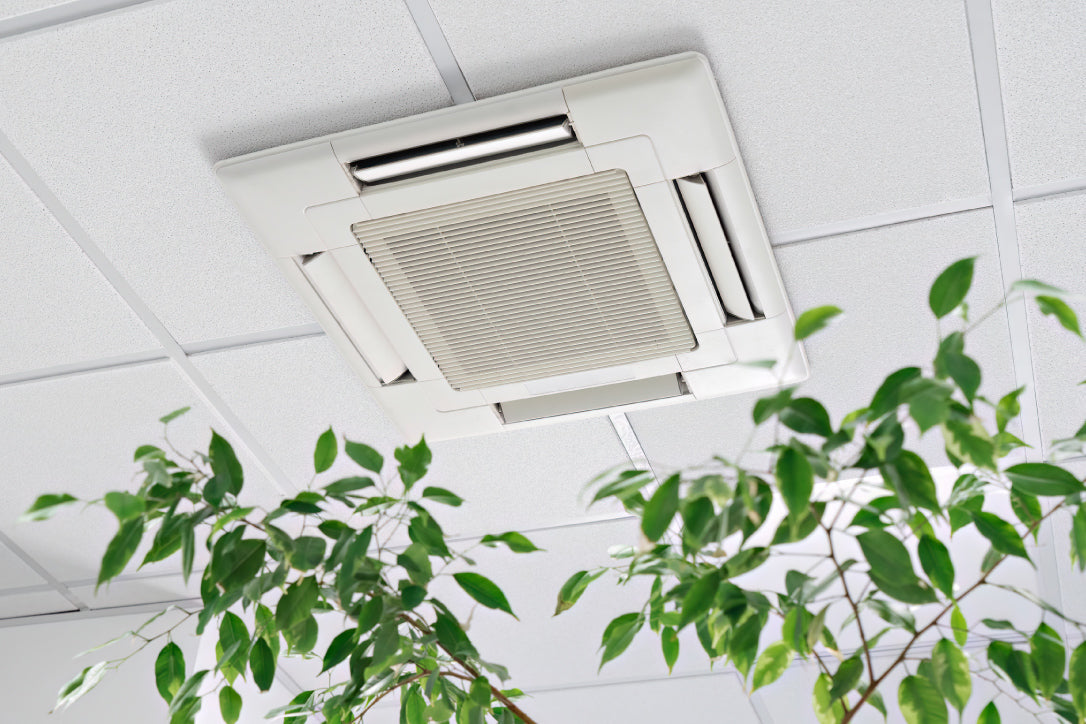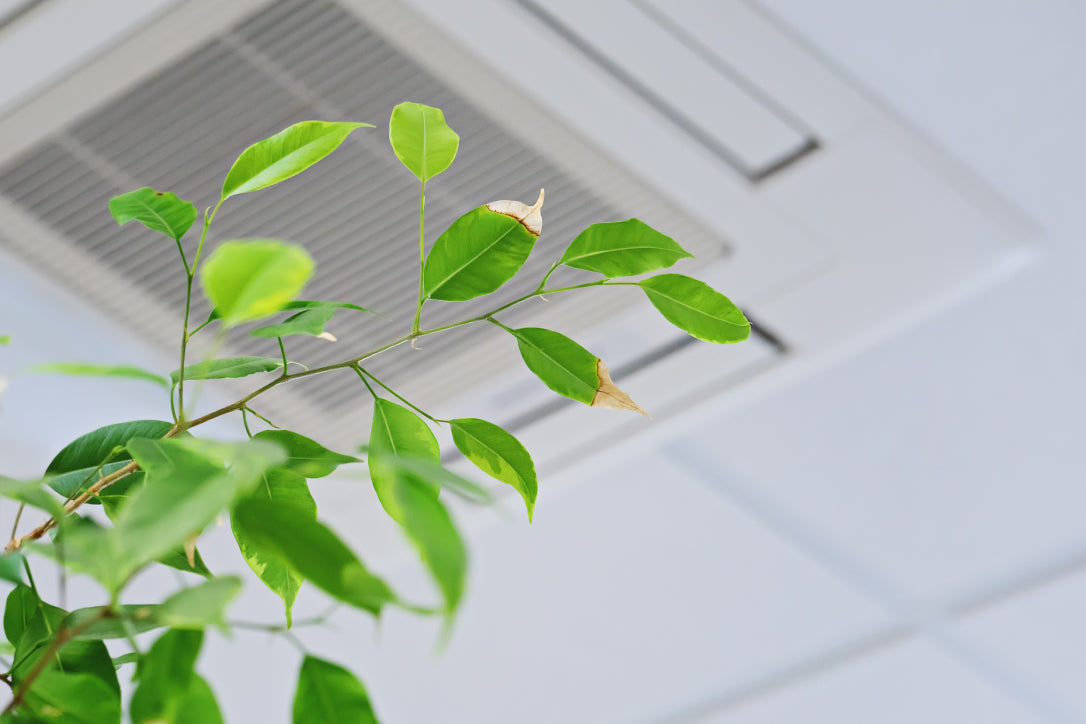The Air Quality Challenge: Understanding the Issues
The consequences of rapid urbanisation on air pollution are dire, as they intensify the harmful effects on health, economy, and society. In fact, dirty air has become the second leading cause of death in Africa, right after HIV/AIDS. Startling statistics reveal that in 2019 alone, air pollution was responsible for 1.1 million fatalities across the continent.

However, a forthcoming report by the Climate and Clean Air Coalition's Africa integrated assessment on air pollution and climate change has shown that by prioritising air pollution, governments have the power to tap into a wealth of health, environmental, and economical benefits for their citizens. By giving equal importance to addressing air pollution alongside climate change, governments have the opportunity to unlock a wide range of benefits for their citizens. Furthermore, since air pollution significantly impedes productivity, cognitive function, and overall well-being, initiatives aimed at air quality monitoring will yield substantial economic advantages.
The key is data collection
The foundational step towards enhancing indoor air quality is monitoring, for our full air quality monitoring collection go here. It is crucial for organisations to continuously monitor the presence and concentration of various substances within their buildings to establish an effective air quality management solution. Modern IoT sensors play a vital role in this process, enabling businesses to monitor air quality factors like temperature, humidity, CO2 levels, particulate matter, TVOC's and more. Many of these provide real-time data and can generate alerts when any of these substances exceed healthy limits. This constant monitoring empowers organisations to proactively identify and promptly address potential air quality issues.
How can you use IoT to improve indoor air quality?
IoT technology like that offered at EUCA offers substantial improvements in managing air quality, particularly in indoor environments. The dynamic nature of indoor air quality, influenced by factors like occupancy, temperature changes, external pollution sources, and seasonal variations, can be effectively addressed with IoT solutions. Organisations can configure their systems to automatically adjust air processing rates based on pollution levels, optimising air circulation during high pollution periods and minimising energy consumption during times of lower pollution. This automation not only ensures efficient air quality management but also promotes a healthier and more energy-efficient indoor environment.

Moreover, IoT plays a crucial role in maintaining the optimal performance of HVAC systems through monitoring. By leveraging IoT data, organisations can proactively monitor their air quality requirements, assess HVAC system output needs, and make well-informed decisions regarding filtration and equipment. This proactive approach enables timely maintenance, reduces the risk of costly repairs, and mitigates potential safety hazards.
"Efficiently tackling the air quality challenge requires embracing data collection and leveraging IoT solutions."
Overall, IoT empowers businesses to create healthier indoor environments by seamlessly monitoring air quality, automating control devices, and optimising maintenance efforts. By harnessing the capabilities of IoT, organisations can significantly enhance their air quality management strategies, resulting in improved well-being, increased energy efficiency, and cost savings.




